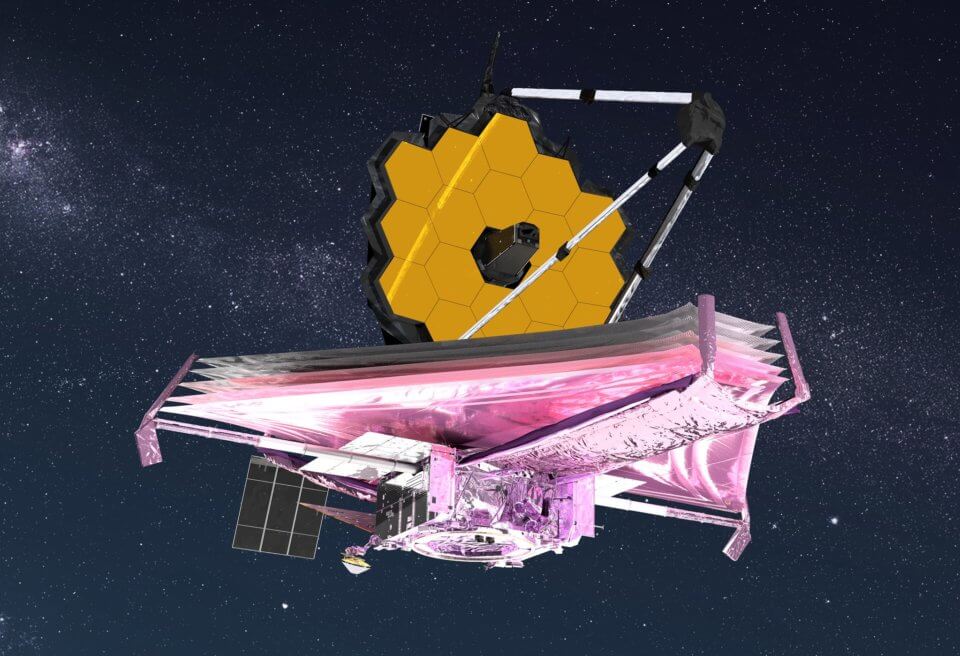Did you know that toys, such as this one, were used at temples throughout India to keep children preoccupied while their parents were at prayer? It is a tradition that is at least 200 years old. Originally intended as representative offerings in the shape of horses, camels, elephants, and carriages, the “toys” became an unintentional,… Continue reading
Astronomy Fact of the Day: December 28, 2021
December 28, 2021 The brightest star we see at night is called Sirius. It is found in the constellation Canis Major which is rising in the southeast around 7:30 pm. The A-type main sequence star Sirius and its companion white dwarf star Sirius B seen by the Hubble Space Telescope. Image credit: NASA, ESA, H.… Continue reading
Astronomy Fact of the Day: December 26, 2021
December 26, 2021 If you look southeast tomorrow morning at 6:30 am, you will find two bright orangish-red objects. One will twinkle and the other will not. The twinkling object is the star Antares. The other object is the planet Mars. The name Antares means rival of Mars, a name given because Mars will pass… Continue reading
Night Sky Update: December 24 – January 1, 2022
This is the Saint Louis Science Center’s NIGHT SKY UPDATE for the week of Friday, December 24, 2021. Information updated weekly or as needed. Times given as local St. Louis time which is Central Standard Time (CST). For definitions of terminology used in the night sky update, click the highlighted text. If relying on times… Continue reading
Astronomy Fact of the Day: December 24, 2021
December 24, 2021 Tonight you will find the constellation Orion visible in the southeast at 8 pm. The three stars that form his famous belt are Alnitak, Alnilam and Mintaka. Orion’s Belt is an open star cluster named Collinder 70. The three brightest stars in the belt are Alnitak, Alnilam and Mintaka. Image created using… Continue reading
The James Webb Space Telescope – Ready to Launch!
The James Webb Space Telescope is the largest, most powerful space telescope ever built. Learn more about the telescope before the launch on Dec. 25! Visit NASA’s website to learn more about the James Webb Space Telescope!
Artifact of the Week: Stromatolite
The earliest fossil evidence of life on Earth, stromatolites are layered deposits of cyanobacteria, or blue-green algae. The layers of bacteria create reefs, or mats, over time that trap sediment to form the layers you see here. This specimen is Ozarkcollenia, a distinctive type of layered Precambrian era (prior to 541 million years ago) stromatolite… Continue reading
Astronomy Fact of the Day: December 22, 2021
December 22, 2021 The planet Venus can be found in the southwest after sunset. Venus is approaching inferior conjunction on January 8, 2022. If you grab binoculars and look at Venus about 30 minutes after sunset, it will exhibit a crescent phase. You will see only 9.1% of the Venusian disk illuminated. Make sure the… Continue reading
The James Webb Space Telescope – Who Was James Webb?
The James Webb Space Telescope is the largest, most powerful space telescope ever built. Learn who James Webb was and why he’s important to U.S. space program history. Visit NASA’s website to learn more about the James Webb Space Telescope!
Astronomy Fact of the Day: December 20, 2021
December 20, 2021 Tomorrow marks the first day of winter or what is called the winter solstice. This is when the Sun appears lowest in the sky. From St. Louis, the solar altitude of the Sun at local noon on the winter solstice will be about 27.9°. The images show the Sun at local or… Continue reading








